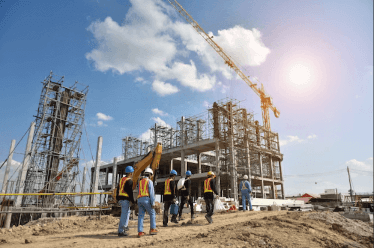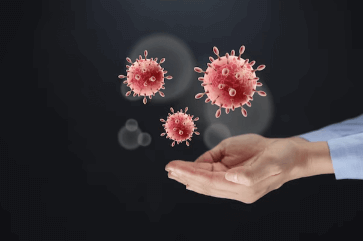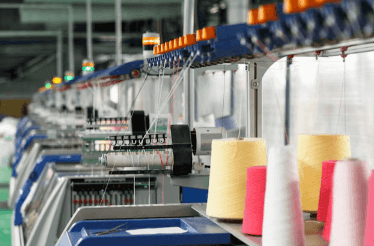Question
a.
10
b.
20
c.
30
d.
40
Posted under Basic Chemical Engineering
Interact with the Community - Share Your Thoughts
Uncertain About the Answer? Seek Clarification Here.
Understand the Explanation? Include it Here.
Q. 8 moles of A were present in a system initially, and 24 moles of B are added to it, it undergoes the reaction 2A + 3B -> 4C + 5D, what are number of moles of D produced?
Similar Questions
Explore Relevant Multiple Choice Questions (MCQs)
Q. Which of the following is constant in a closed system?
View solution
Q. How is the boundary wall of a closed system?
View solution
Q. Desert Cooler is an example of which of the following?
View solution
Q. A jar filled with water is an example of which of the following?
View solution
Q. A pressure cooker is an example of which of the following?
View solution
Q. A country is an example of which of the following?
View solution
Q. An egg is an example of which of the following?
View solution
Q. The human body is an example of which of the following?
View solution
Q. What is the accumulation in the system after 10 second if the out flow and in flow rates are 10 g/s and 15 g/s?
View solution
Q. What is the accumulation in the system after 4 second if the out flow and in flow rates are 3 g/s and 8 g/s?
View solution
Q. The flow in rate of A is 5 mole/s, it undergoes a reaction A -> 2B, what are the moles of B that comes out after 5 seconds?
View solution
Q. The flow in rate of A is 8 mole/s, it undergoes a reaction 3A -> B, what are the moles of B that comes out after 6 seconds?
View solution
Q. The flow in rate of A and B are 5 mole/s and 10 mole/s respectively, which under goes reaction A + 2B -> 3C, what is the flow out rate of C?
View solution
Q. The flow in rate of A and B are 4 mole/s and 8 mole/s respectively, which under goes reaction A + B -> 3C, what is the flow out rate of C?
View solution
Q. The flow in rate of A and B are 8 mole/s and 10 mole/s respectively, which under goes reaction 4A + 5B -> 3C, what is the flow out rate of C?
View solution
Q. Which of the following remains constant in steady state system?
View solution
Q. A reaction occurs in a vessel such that its mass does not change but its temperature is increased, then the system is which of the following?
View solution
Q. A fluid enters a vessel at the rate of 10 liters/s, and leaves in two pathways one with 7 liters/s and other with 3 liters/s, then what type of flow it is?
View solution
Q. A fluid enters a vessel at the rate of 10 liters/s, and leaves in two pathways one with 5 liters/s and other with 3 liters/s, then what type of flow it is?
View solution
Q. The rate flow in and flow out in an unsteady state process are now increased by 10 Kg/s, which will be the change in accumulation?
View solution
Recommended Subjects
Are you eager to expand your knowledge beyond Basic Chemical Engineering? We've handpicked a range of related categories that you might find intriguing.
Click on the categories below to discover a wealth of MCQs and enrich your understanding of various subjects. Happy exploring!








